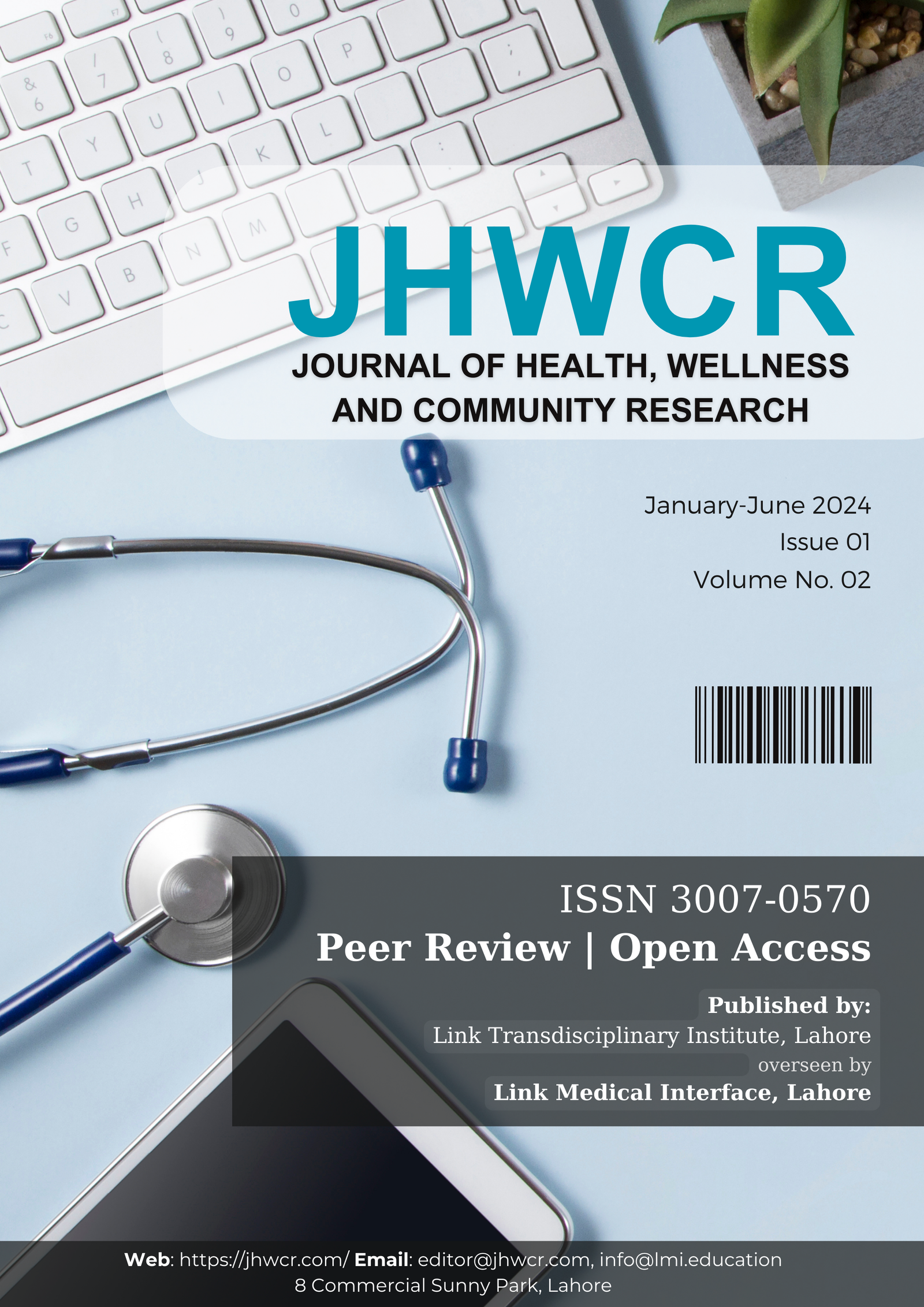Single vs Double Antiplatelet Therapy for Recurrent Ischemic Stroke Prevention
DOI:
https://doi.org/10.61919/2z8zk025Keywords:
Ischemic Stroke, Antiplatelet Therapy, Secondary Prevention, Aspirin, Clopidogrel, Randomized Controlled Trial, Clinical OutcomesAbstract
Background: Ischemic stroke remains a leading cause of mortality and long-term disability, with recurrent events contributing significantly to the global disease burden. While single antiplatelet therapy (SAPT) is standard for secondary prevention, the clinical benefit and safety of dual antiplatelet therapy (DAPT) in diverse populations remain underexplored. Objective: This study aimed to compare the efficacy and safety of single versus dual antiplatelet therapy in preventing recurrent ischemic stroke, focusing on reduction in recurrent stroke rates and major adverse events among high-risk patients. Methods: In this single-center, parallel-group randomized controlled trial, 100 patients with confirmed ischemic stroke were enrolled and randomized equally to SAPT (aspirin) or DAPT (aspirin plus clopidogrel). Patients aged 40–70 years with recent ischemic stroke were included, while those with contraindications to antiplatelet agents, bleeding disorders, or significant comorbidities were excluded. Data were collected using standardized case forms; primary outcome was recurrent stroke within three months, and secondary outcomes included major bleeding and mortality. The study protocol received ethical approval according to the Declaration of Helsinki. Statistical analysis was performed using SPSS version 25, with chi-square tests and logistic regression applied as appropriate. Results: Of 100 randomized patients, 96 completed follow-up (SAPT: n=48, DAPT: n=48). Recurrent ischemic stroke occurred in 22.9% of SAPT and 10.4% of DAPT patients (relative risk 0.46; 95% CI 0.16–1.14; p=0.099), while major bleeding events were observed in 4.2% (SAPT) and 8.3% (DAPT) (p=0.412). No significant difference in all-cause mortality was observed. DAPT was associated with a clinically meaningful, though not statistically significant, reduction in adverse events. Conclusion: Dual antiplatelet therapy may offer additional clinical protection against recurrent ischemic stroke compared to single therapy, supporting its consideration for secondary prevention in high-risk patients. These findings inform individualized treatment decisions and highlight the need for further multicenter trials to confirm long-term efficacy and safety.
Downloads
Published
Issue
Section
License
Copyright (c) 2025 Memoona Naeem, Saba Gulnaz, Faisal Qureshi, Abdul Rehman, Sidra Baig, Javeria Shahid (Author)

This work is licensed under a Creative Commons Attribution 4.0 International License.


